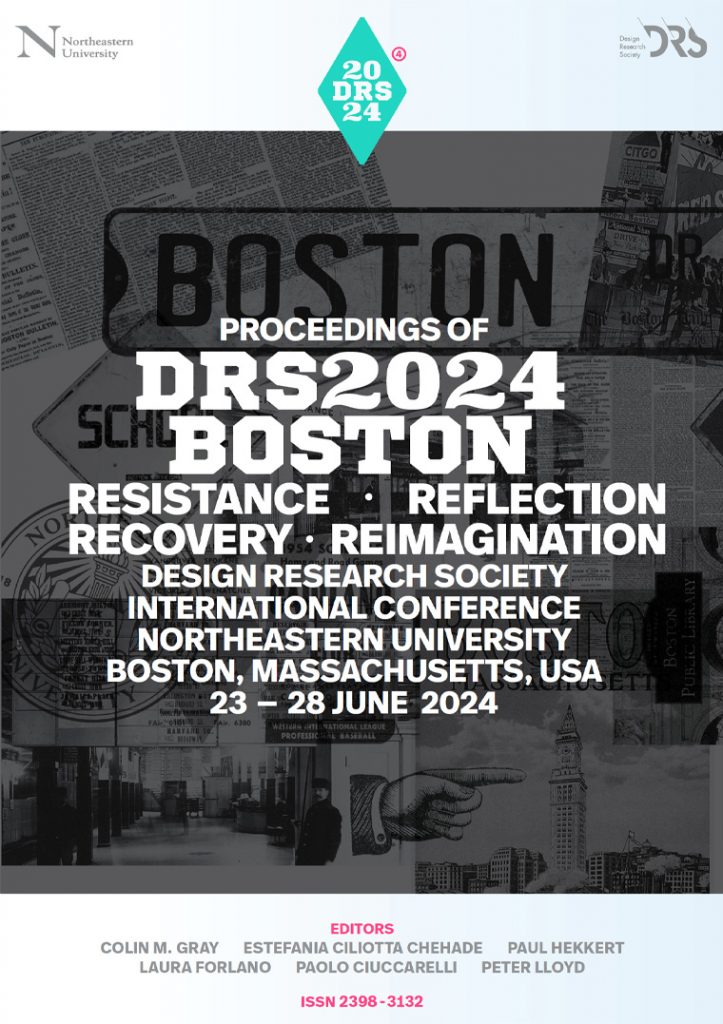Standard urban planning models are nowadays being redefined with a renewed focus on reducing mobility times: proximity, walkability, self-sufficiency. Recon-figuring how cities, their flows, and services are organized also requires designers and citizens, with a potential role for the Maker Movement and Distributed Economies. We focus here on how urban creative communities and maker labor-atories could become public empowerment services by, for and with citizens within proximity of urban planning models. We propose a framework for such Proximity-based Making and Community Services based on 1) defining them as connecting makers, designers, citizens, and maker laboratories, 2) via digital technologies network into Distributed Economies, 3) interacting with Govern-ments through the interface of proximity-based urban models, governances, and policies. The framework has a descriptive model and an assessment indicator based on people, organizations, and policies for a) understanding current urban making, b) planning new services or c) developing new policies for them.
